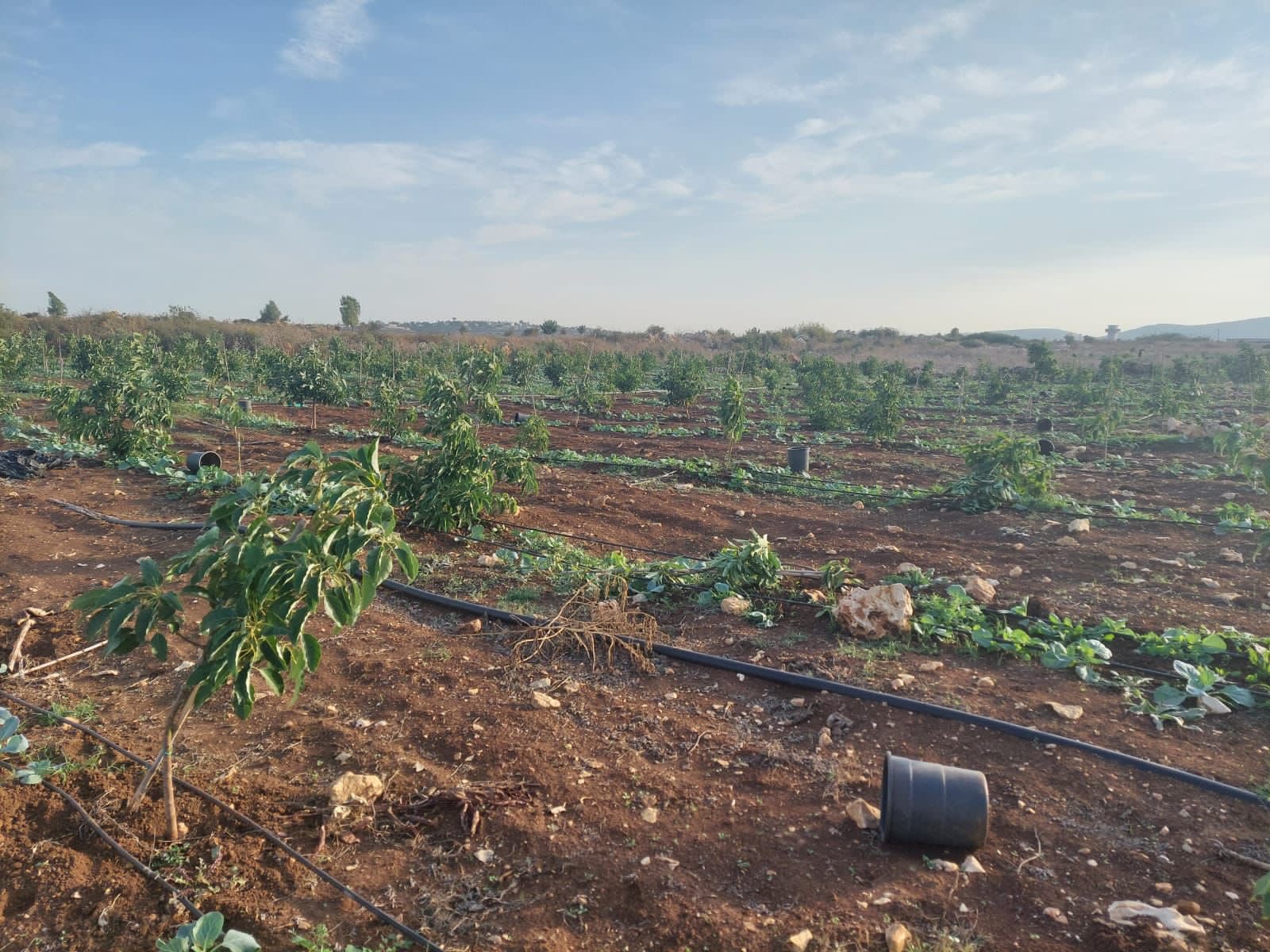01/12/2023 Libano–Sud Libano
“If you ever come across anything suspicious like this item, please do not pick it up, contact your local law and/or enforcement agency for assistance”.
Farmers returning to their lands in Lebanon’s south this weekend, amid an unofficial truce between Hezbollah and Israel, have found their crops ravaged by white phosphorus and their work hindered by unexploded munitions. Hezbollah and Israel did not sign a ceasefire agreement but have mostly stuck to the four-day ceasefire agreement between Israel and Hamas – producing a pause in the cross-border fighting that has taken place since 8 October. Israel has heavily shelled territory across the Lebanese-Israeli border, including with white phosphorus, a chemical munition which produces fires and smoke that is toxic to plants and animals. Uday Abu Sari, a farmer in the border town of Dahayrah, said that the entirety of his crops will have to be thrown out this year, as his land was directly hit by the chemical. Look at this cabbage, it’s unusable … How can I sell these crops? If someone knows they come from here, they of course won’t want them,” Abu Sari told The New Arab on Sunday, showing discolored lettuce and cabbage which were exposed to white phosphorus.
Photo-Source: newarab.com
Dear editors, Biography of a bomb is aimed at highlighting the danger caused by unexploded bombs. Moreover, the most important aspect is that we work completely non profit, what drives us is raising awerness about this topic. We make use of your pictures and articles, but we need them to put a context in how findings are done. We trust in your understanding. We will (and we always do) cite the source and the author. We thank you for your comprehension.





